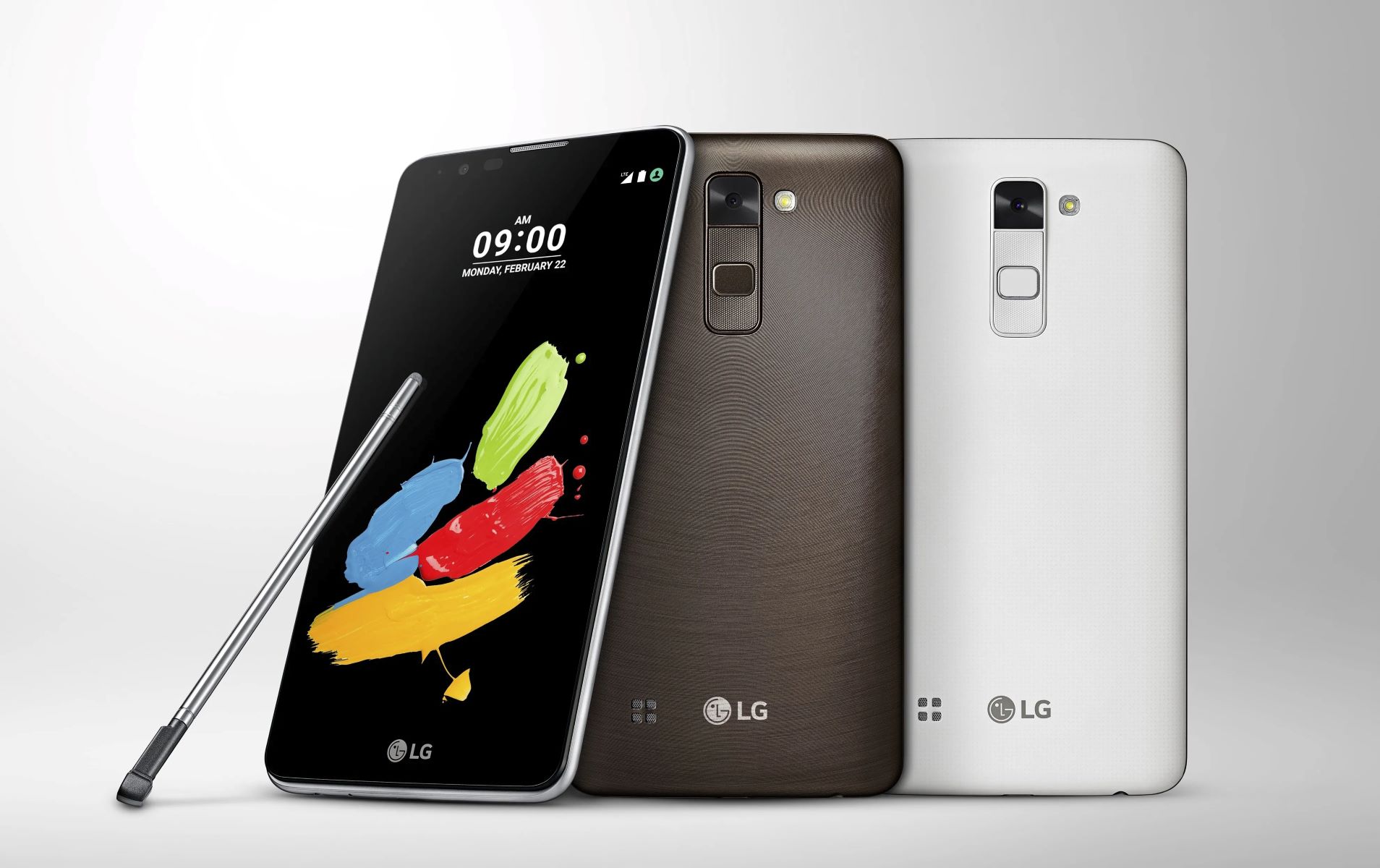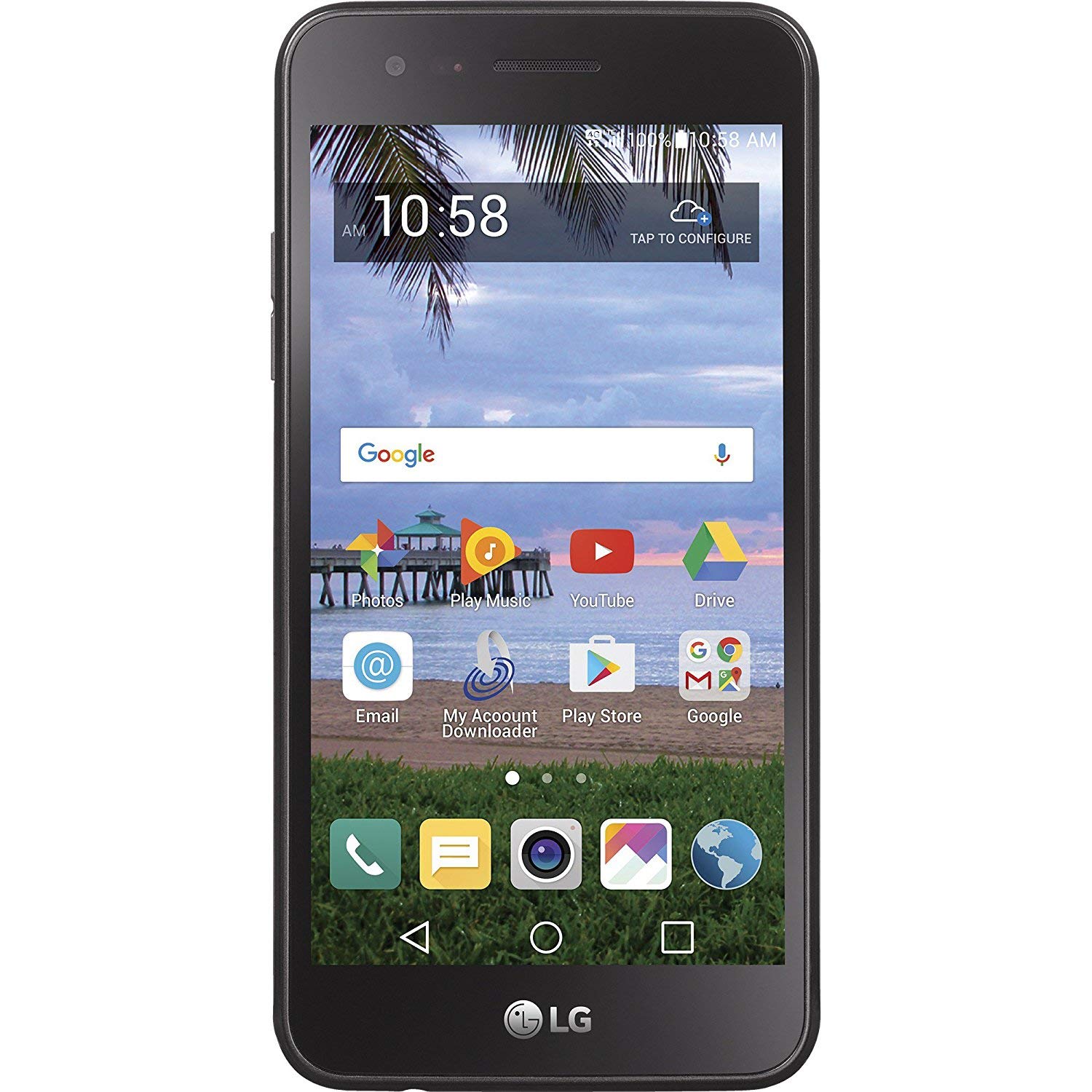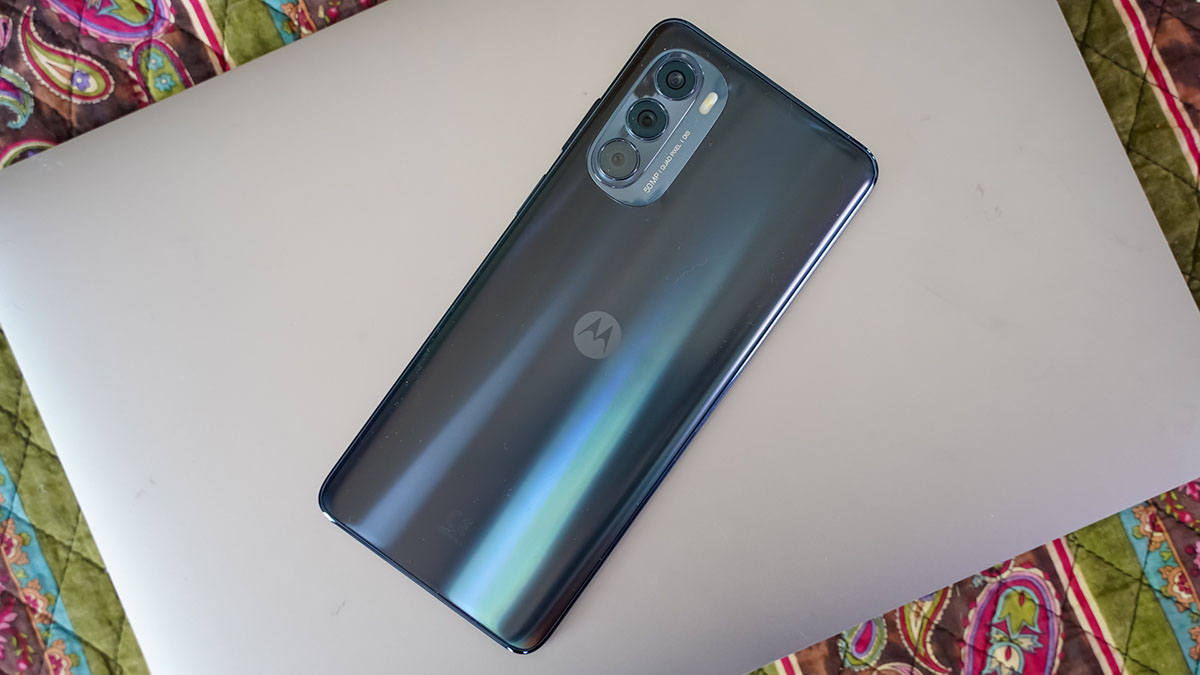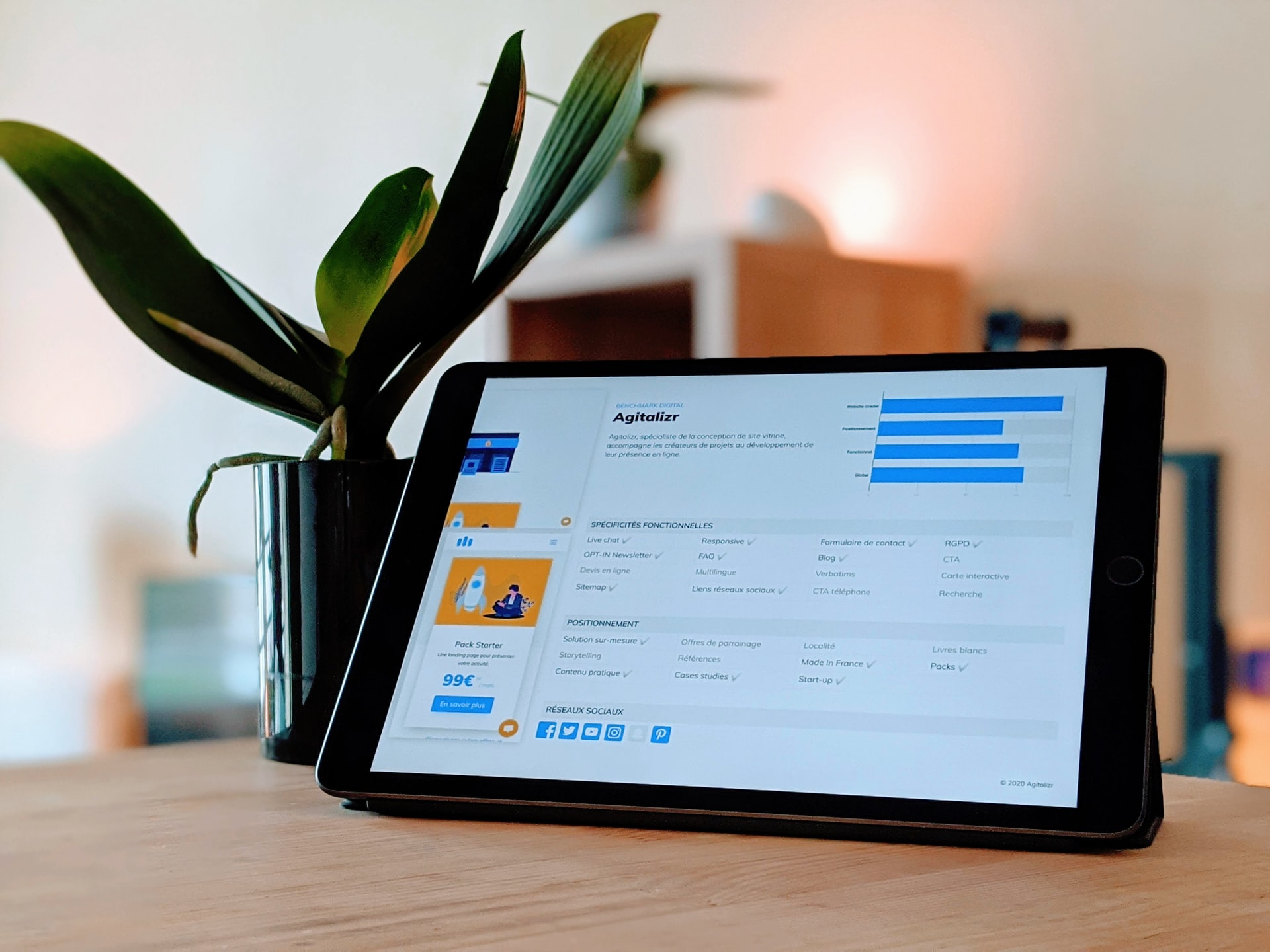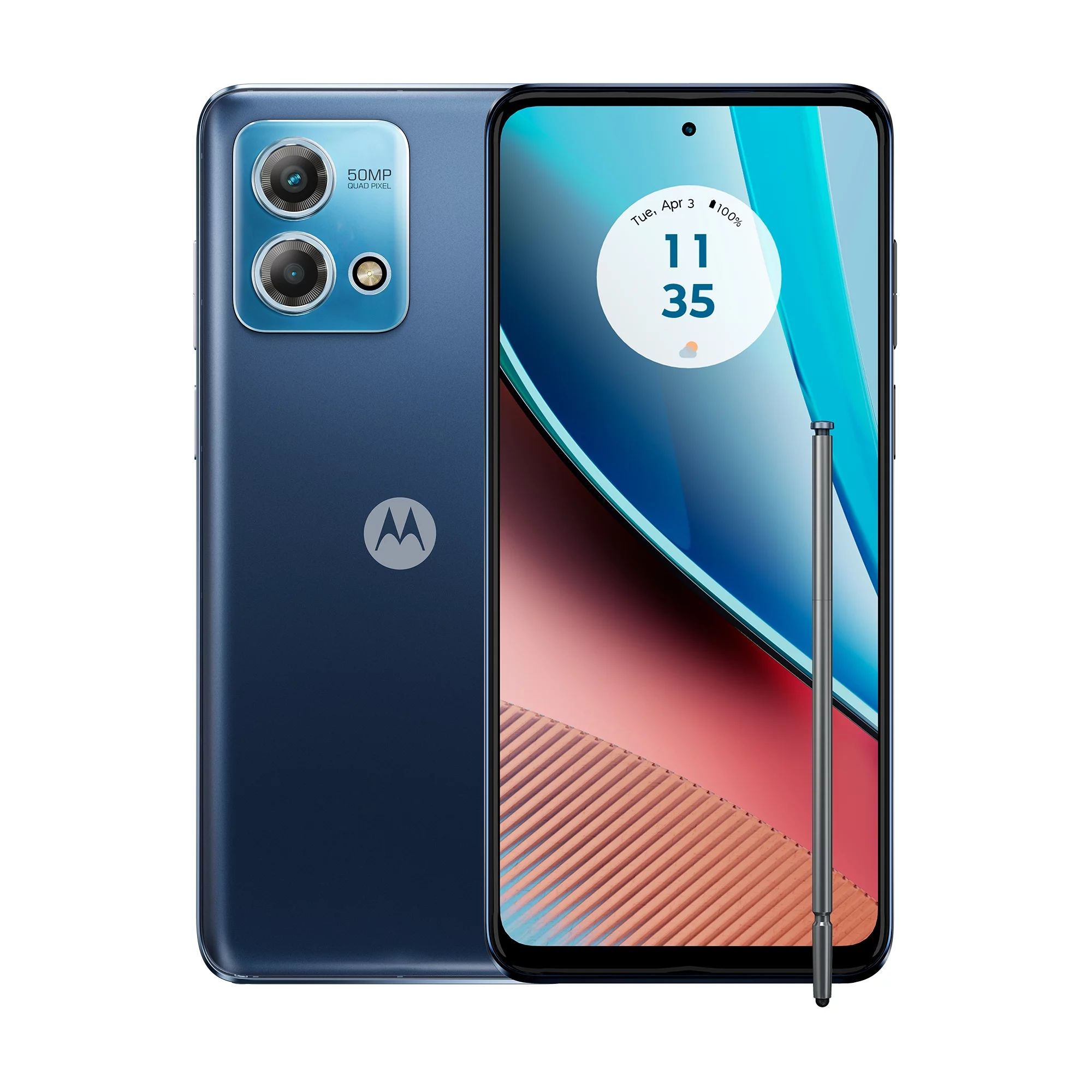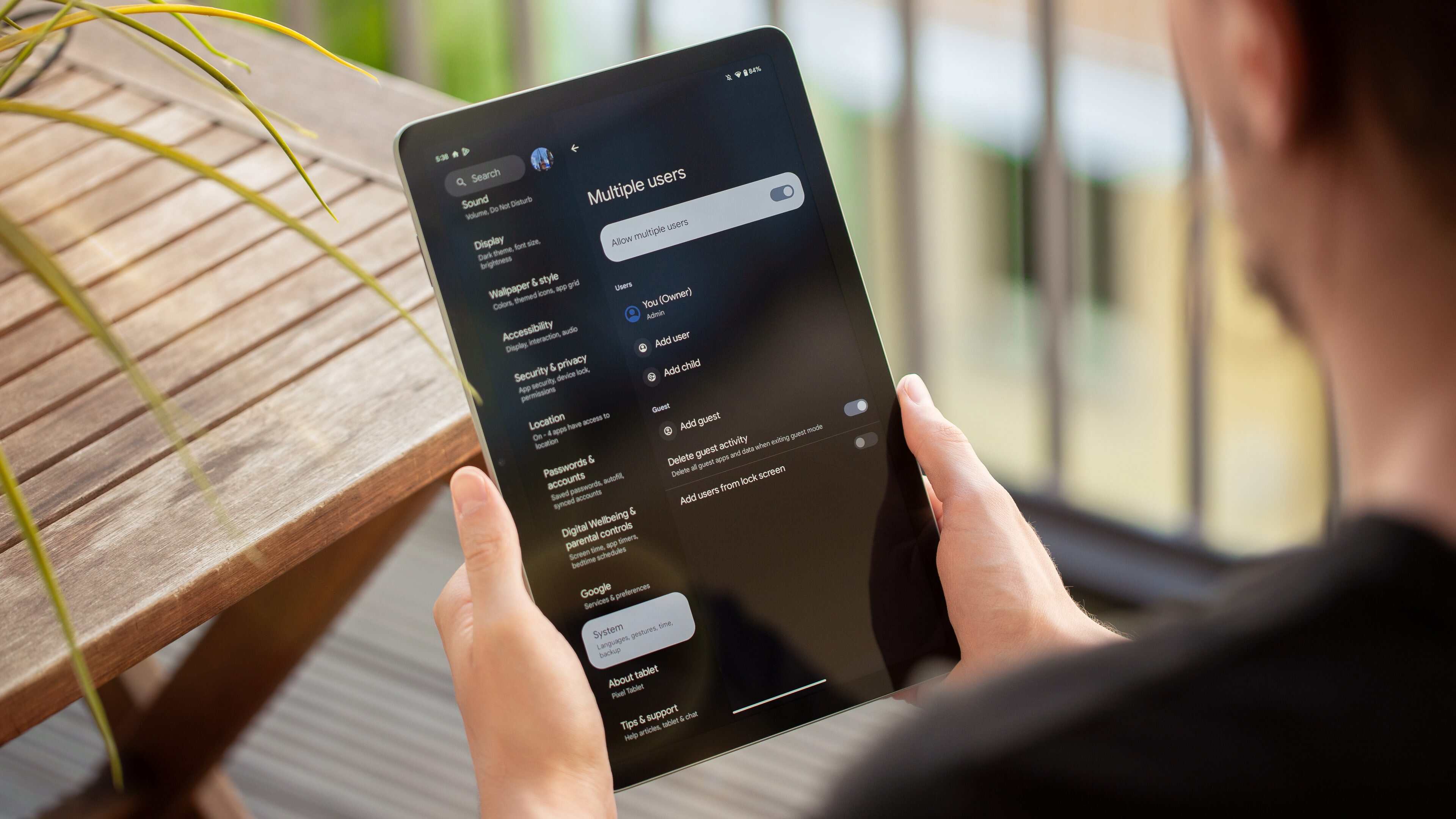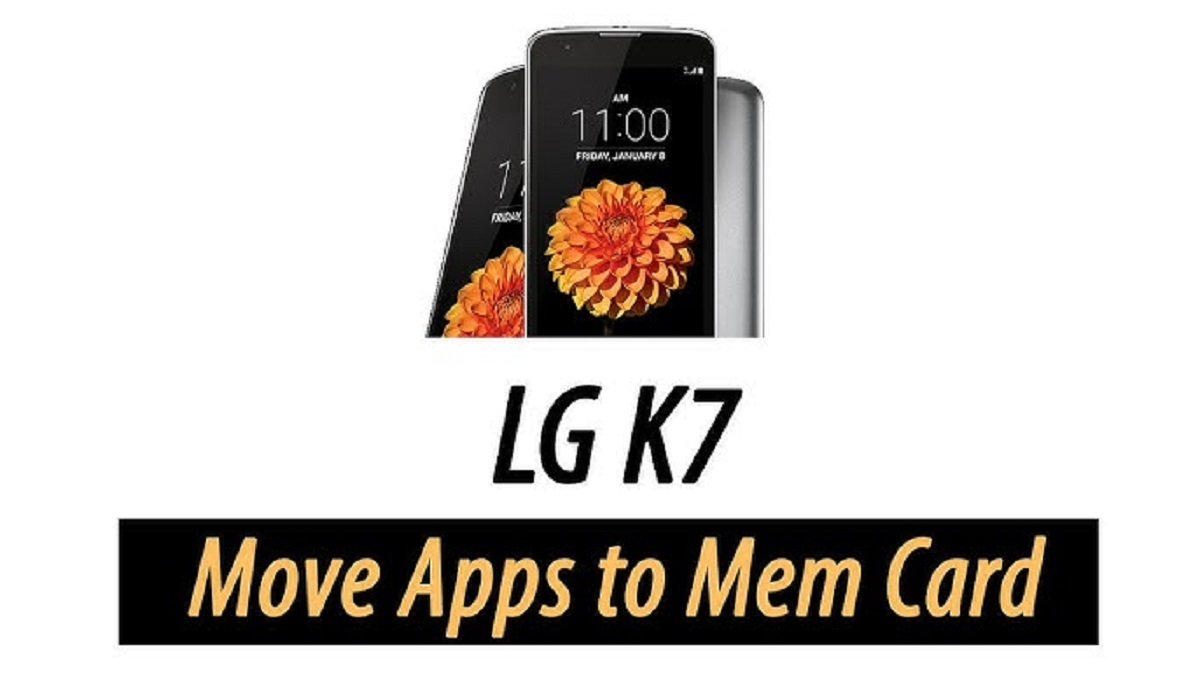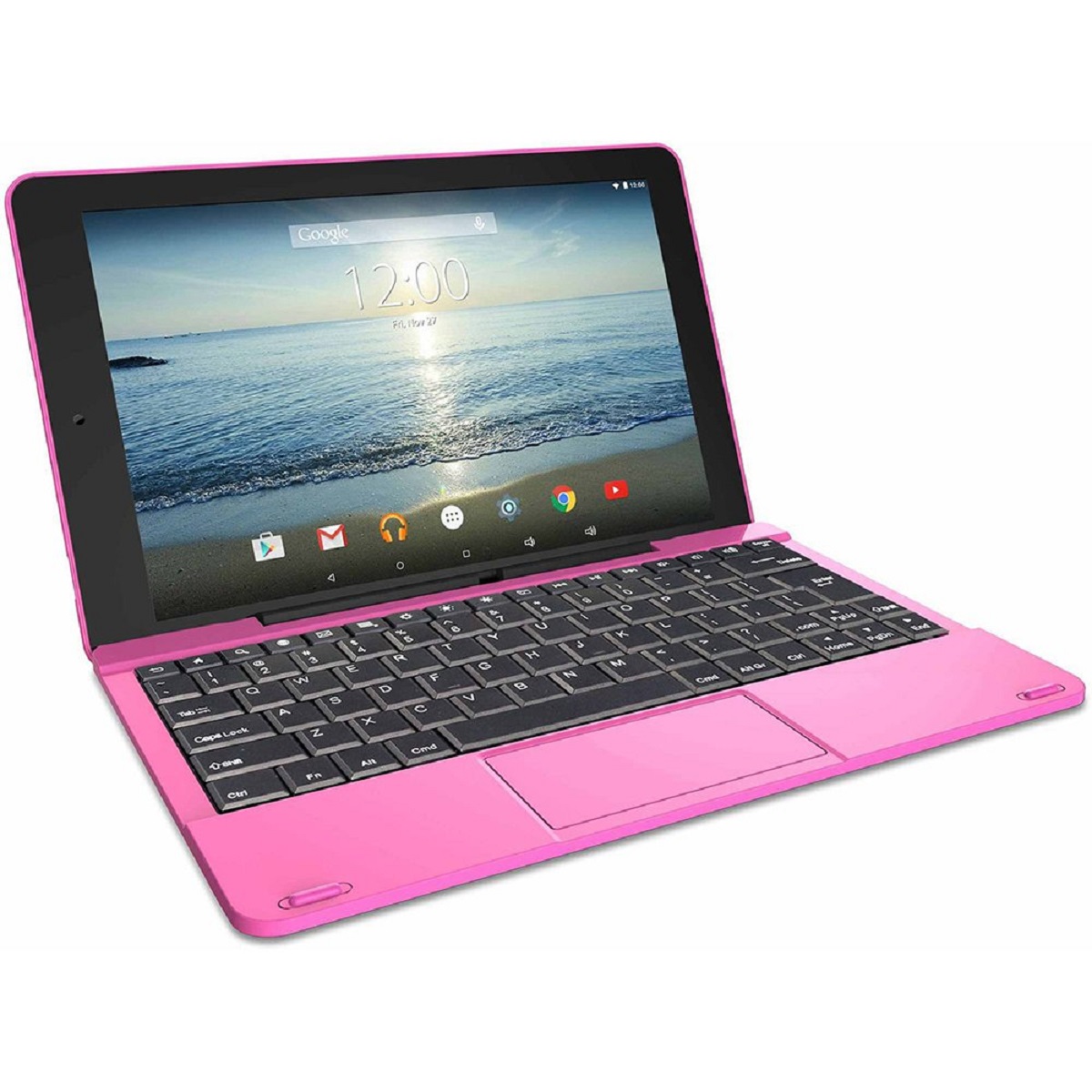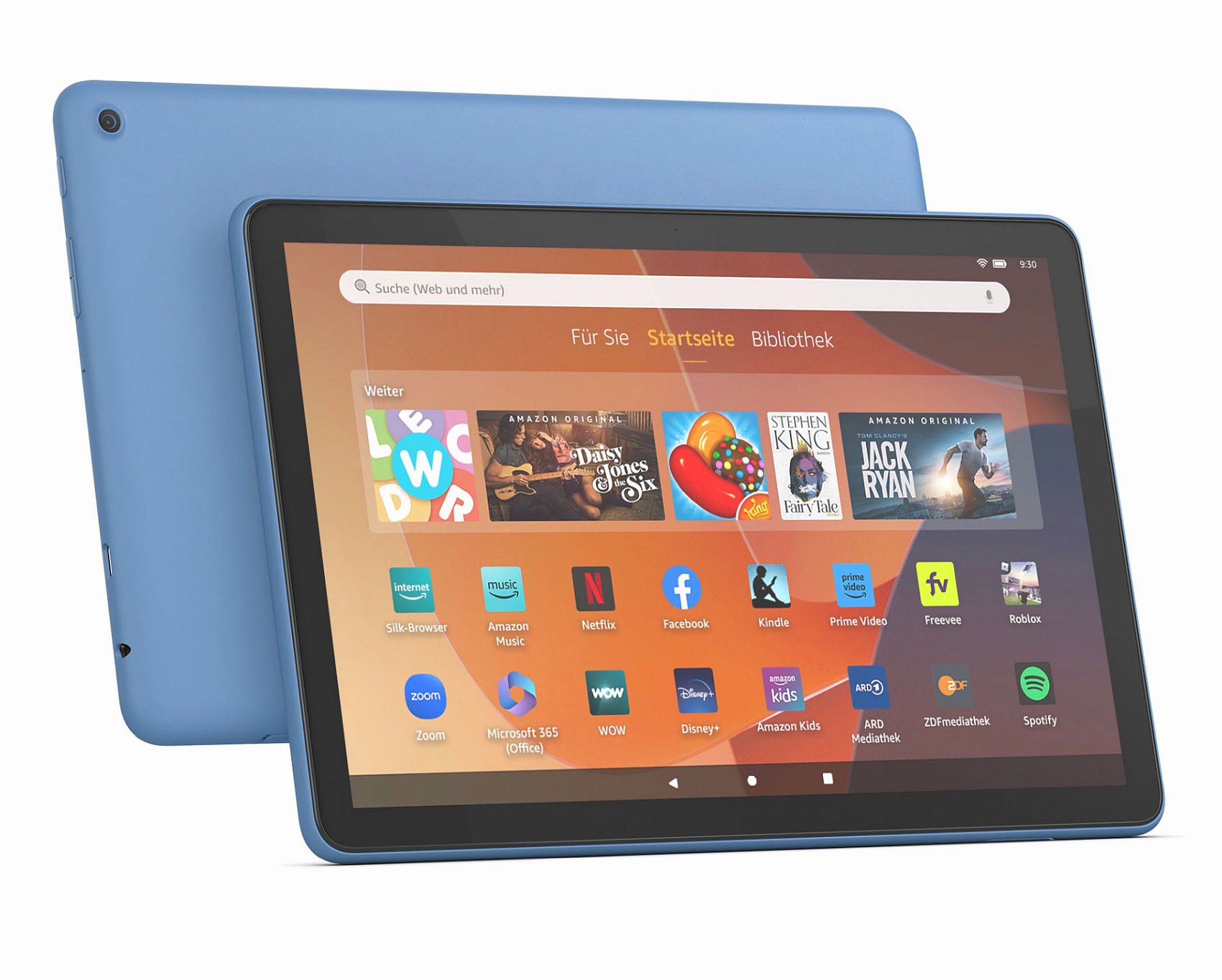Introduction
Welcome to the world of LG Stylus 2, an innovative smartphone that offers a range of features to enhance your mobile experience. One of the key elements of this device is its storage options, which allow you to optimize the usage of internal and external memory. In this article, we will delve into the process of shifting apps to the SD card on the LG Stylus 2, providing you with valuable insights into the benefits and considerations of this storage-savvy technique.
The LG Stylus 2 is designed to provide users with flexibility and convenience when it comes to managing their apps and data. By understanding the storage options available on this device, you can make informed decisions about how to best utilize its resources. Shifting apps to the SD card is a practical solution for optimizing storage space, improving performance, and ensuring a seamless user experience.
As we explore the process of shifting apps to the SD card, we will uncover the advantages of this approach and address any limitations or considerations that users should be aware of. Whether you are looking to free up internal storage, enhance the performance of your device, or simply streamline your app management, the ability to shift apps to the SD card on the LG Stylus 2 offers a valuable solution.
Join us as we navigate through the intricacies of storage management on the LG Stylus 2 and discover the practical steps to optimize your device's performance and storage capacity. Let's embark on this journey to unleash the full potential of your smartphone and harness the benefits of a storage-savvy approach.
Understanding the LG Stylus 2 Storage Options
Before delving into the process of shifting apps to the SD card on the LG Stylus 2, it is essential to grasp the storage options available on this versatile device. The LG Stylus 2 features a combination of internal storage and external storage via a microSD card, offering users the flexibility to manage their apps and data effectively.
The internal storage of the LG Stylus 2 provides the primary space for storing system files, app data, and user-generated content. This built-in storage capacity serves as the foundation for the device’s functionality, housing essential software components and user applications. However, the limited internal storage capacity may pose challenges for users who frequently install new apps or capture media-rich content.
Complementing the internal storage, the LG Stylus 2 supports external storage expansion through a microSD card slot. This feature allows users to augment the device’s storage capacity by adding a microSD card, which can accommodate additional apps, media files, and other data. By leveraging the external storage option, users can alleviate the constraints of limited internal storage and optimize the overall storage capacity of the device.
Understanding the interplay between internal and external storage options empowers users to make informed decisions about managing their apps and data. The ability to shift apps to the SD card represents a strategic approach to optimizing storage resources, as it enables users to offload certain apps from the internal storage to the microSD card, thereby freeing up space and improving the device’s performance.
By comprehending the LG Stylus 2’s storage landscape, users can leverage the available options to create a storage strategy that aligns with their usage patterns and preferences. Whether it involves prioritizing certain apps for external storage or maintaining a balanced distribution of data across internal and external storage, a nuanced understanding of the storage options empowers users to tailor their device’s storage configuration to their specific needs.
As we proceed to explore the process of shifting apps to the SD card, the foundational knowledge of the LG Stylus 2’s storage options will serve as a cornerstone for optimizing storage efficiency and enhancing the user experience.
Benefits of Shifting Apps to SD Card
Shifting apps to the SD card on the LG Stylus 2 offers a myriad of benefits that cater to the diverse needs and preferences of users. By strategically relocating apps from the internal storage to the SD card, users can unlock valuable advantages that contribute to an enhanced mobile experience.
1. Expanded Storage Capacity: One of the primary benefits of shifting apps to the SD card is the expansion of available storage space on the device. By offloading apps to the SD card, users can free up precious internal storage, creating room for additional apps, media files, and other data. This expanded storage capacity empowers users to install new apps without concerns about reaching the limits of the internal storage.
2. Improved Performance: The process of shifting apps to the SD card can lead to improved performance and responsiveness of the LG Stylus 2. With more available space on the internal storage, the device can operate more efficiently, resulting in smoother app launches, quicker data access, and overall enhanced user experience. By optimizing the distribution of apps between internal and external storage, users can mitigate performance bottlenecks and enjoy a more responsive device.
3. Enhanced App Management: Shifting apps to the SD card provides users with greater flexibility in managing their app portfolio. Users can prioritize which apps to move to the SD card based on their usage frequency and importance, allowing for a customized approach to app management. Additionally, organizing apps across internal and external storage can streamline the user interface and simplify the navigation of installed apps.
4. Seamless Media Storage: For users who frequently capture photos, record videos, or download media content, shifting apps to the SD card facilitates a seamless storage solution. By freeing up internal storage through app relocation, users can allocate more space for storing media files, ensuring that they can capture and retain memories without encountering storage constraints.
5. Flexibility and Adaptability: The ability to shift apps to the SD card aligns with the principles of adaptability and customization, allowing users to tailor their device’s storage configuration to suit their individual preferences and usage patterns. This flexibility empowers users to optimize their device for their specific needs, whether it involves prioritizing certain apps for external storage or maintaining a well-balanced distribution of apps and data.
By harnessing these benefits, users can leverage the storage-savvy approach of shifting apps to the SD card to optimize the performance, storage capacity, and overall usability of their LG Stylus 2, thereby enhancing their mobile experience in meaningful ways.
How to Shift Apps to SD Card on LG Stylus 2
Shifting apps to the SD card on the LG Stylus 2 involves a straightforward process that empowers users to optimize their device’s storage configuration. By relocating selected apps from the internal storage to the SD card, users can effectively manage their storage space and enhance the performance of their device. Here’s a step-by-step guide to shifting apps to the SD card on the LG Stylus 2:
- Accessing Settings: Begin by accessing the “Settings” menu on your LG Stylus 2. This can typically be done by tapping the gear-shaped icon in the app drawer or by swiping down from the top of the screen and tapping the gear icon in the notification panel.
- Navigating to Apps: Within the Settings menu, locate and select the “Apps” or “Applications” option. This will display a list of all installed apps on your device.
- Selecting an App: From the list of installed apps, choose the app that you wish to shift to the SD card. Tapping on the app will open its details and settings.
- Adjusting Storage Settings: Within the app’s details, look for the option to “Change” or “Transfer” the app to the SD card. This option may be located under the “Storage” or “Storage Usage” section of the app details.
- Shifting the App: Once you’ve located the option to move the app to the SD card, select it to initiate the transfer process. Follow any on-screen prompts or confirmations to proceed with shifting the app to the SD card.
- Verifying the Transfer: After the transfer process is complete, you can verify that the app has been successfully shifted to the SD card by checking its storage location in the app details. The app should now indicate that it is stored on the SD card.
It’s important to note that not all apps may be eligible for transfer to the SD card, as certain system apps and essential components may need to remain on the internal storage. Additionally, the LG Stylus 2 may offer variations in the specific steps or terminology used in the settings menu, so it’s advisable to refer to the device’s user manual or online resources for detailed instructions tailored to your device’s software version.
By following these steps, users can effectively shift selected apps to the SD card, optimizing the distribution of apps between internal and external storage and customizing their device’s storage configuration to suit their preferences and usage patterns. This streamlined process empowers users to take full advantage of the storage options available on the LG Stylus 2, enhancing the device’s functionality and storage efficiency.
Considerations and Limitations
While the process of shifting apps to the SD card on the LG Stylus 2 offers valuable benefits, it is essential for users to be mindful of certain considerations and limitations that may impact their storage management strategy. Understanding these factors enables users to make informed decisions and optimize their device’s storage configuration effectively.
Compatibility and Eligibility: Not all apps may be eligible for transfer to the SD card. Certain apps, particularly system apps and essential components, may need to remain on the internal storage to ensure the proper functioning of the device. Users should verify the compatibility of individual apps for transfer to the SD card and prioritize non-essential apps for relocation.
Performance Implications: While shifting apps to the SD card can free up internal storage, it’s important to consider the potential impact on app performance. Apps stored on the SD card may experience slightly longer loading times compared to those on the internal storage, especially if the SD card has slower read/write speeds. Users should assess the performance implications based on their usage patterns and prioritize critical apps for the internal storage.
SD Card Reliability: The reliability and speed of the SD card can influence the overall user experience. Users should opt for high-quality, reputable SD cards with sufficient storage capacity and reliable performance to ensure a seamless app shifting process and sustained data integrity. Additionally, periodic maintenance and monitoring of the SD card’s health are recommended to prevent potential data loss or corruption.
System Updates and Resets: System updates and device resets may impact the status of apps stored on the SD card. Users should be aware that system updates or factory resets could reset app storage configurations, potentially requiring users to re-shift apps to the SD card after such events. It’s advisable to review and reconfigure app storage settings following system updates or resets to maintain the desired storage arrangement.
Storage Access Speed: The access speed of the SD card, particularly during read and write operations, can influence the overall responsiveness of apps stored on the SD card. Users should consider the speed class and performance specifications of the SD card to ensure optimal app performance and seamless data access. Higher-speed SD cards may offer improved responsiveness for apps stored on the external storage.
By taking these considerations into account, users can navigate the process of shifting apps to the SD card on the LG Stylus 2 with a comprehensive understanding of the potential limitations and factors that may impact their storage management strategy. Balancing the benefits of expanded storage capacity with the associated considerations empowers users to optimize their device’s storage configuration effectively, enhancing the overall usability and performance of the LG Stylus 2.
Conclusion
As we conclude our exploration of shifting apps to the SD card on the LG Stylus 2, it becomes evident that this storage-savvy technique offers a wealth of benefits and considerations for users seeking to optimize their device’s storage configuration. By understanding the storage options, leveraging the benefits of app relocation, and navigating the practical steps involved, users can enhance the performance, storage capacity, and overall usability of their LG Stylus 2.
The LG Stylus 2’s combination of internal and external storage options presents users with a versatile platform for managing their apps and data. By strategically shifting select apps to the SD card, users can expand their device’s storage capacity, improve performance, and streamline their app management, thereby creating a more personalized and efficient user experience.
Furthermore, the process of shifting apps to the SD card empowers users to adapt their storage configuration to align with their individual preferences and usage patterns. This flexibility allows users to prioritize certain apps for external storage, optimize media storage, and maintain a well-balanced distribution of apps and data, catering to their specific needs and requirements.
However, it is crucial for users to consider the compatibility, performance implications, SD card reliability, system updates, and storage access speed when implementing this storage strategy. By acknowledging these considerations and limitations, users can make informed decisions and mitigate potential challenges, ensuring a seamless and sustainable storage management approach.
In essence, the ability to shift apps to the SD card on the LG Stylus 2 embodies a harmonious blend of practicality and customization, offering users a pathway to unlock the full potential of their device’s storage resources. By embracing this storage optimization technique and navigating its nuances with a comprehensive understanding, users can embark on a journey to elevate their mobile experience and maximize the utility of their LG Stylus 2.
As users embrace the storage-savvy approach of shifting apps to the SD card, they embark on a transformative journey toward a more efficient, responsive, and personalized mobile experience, harnessing the power of storage optimization to unlock new possibilities and enhance their interaction with the LG Stylus 2.







